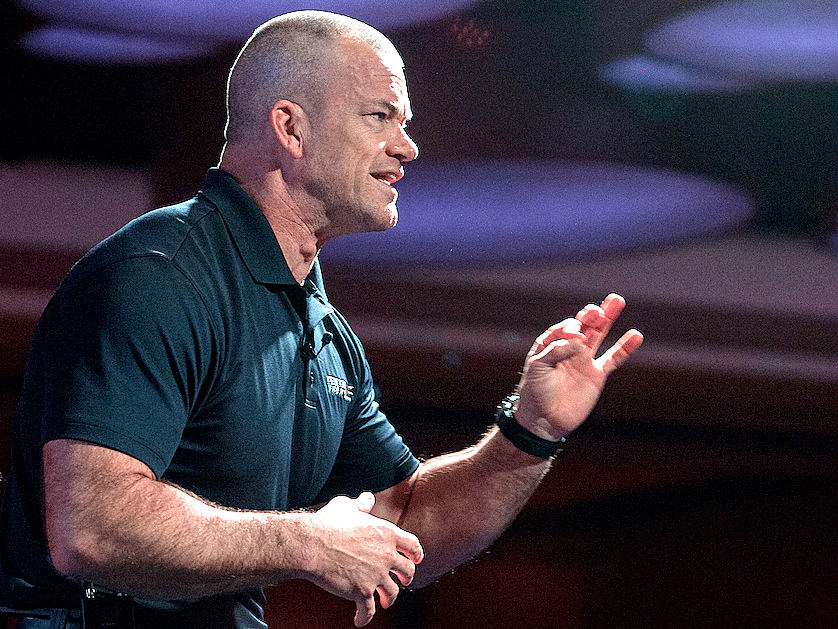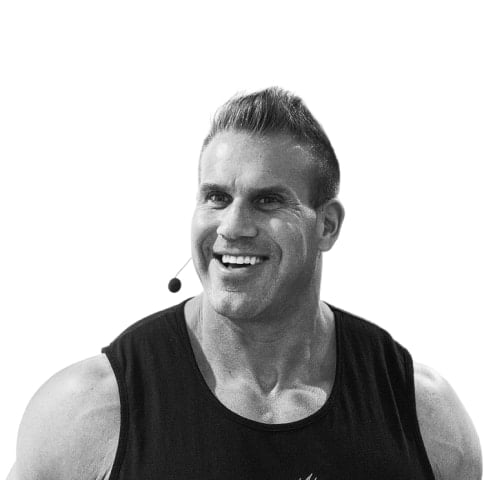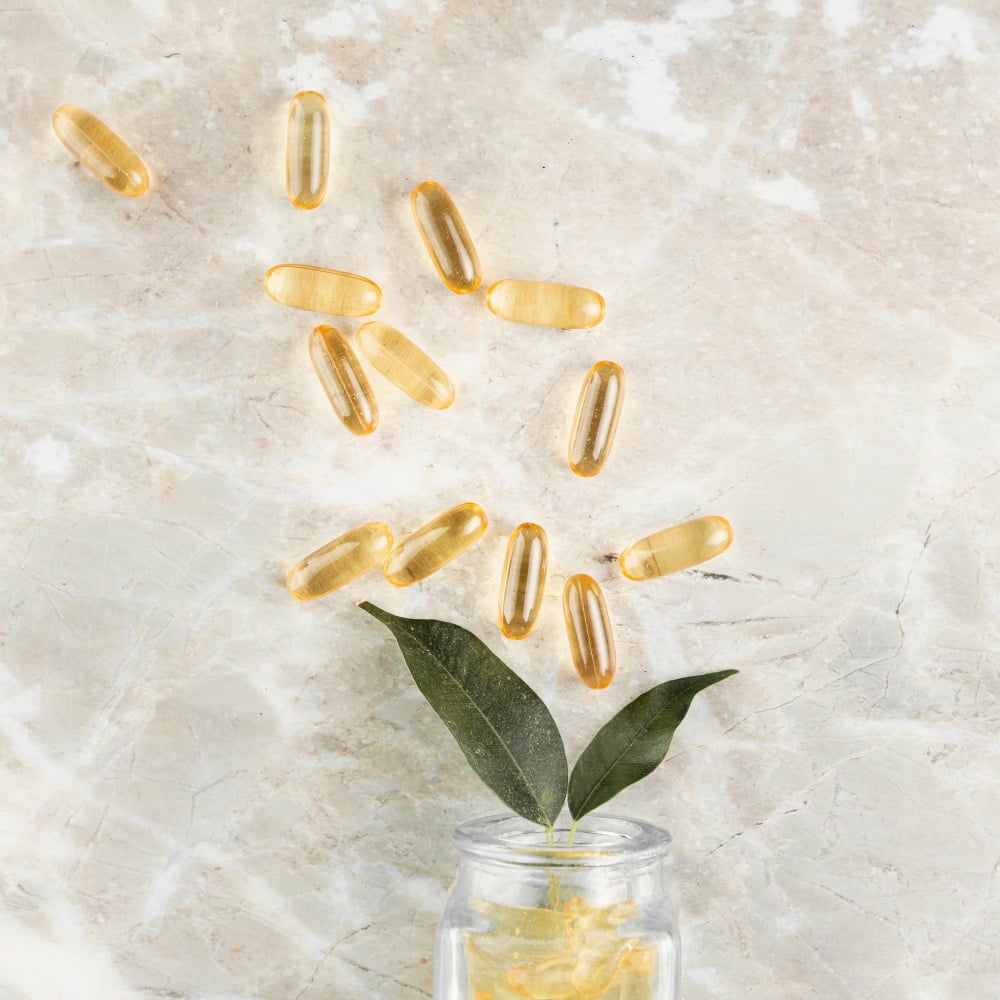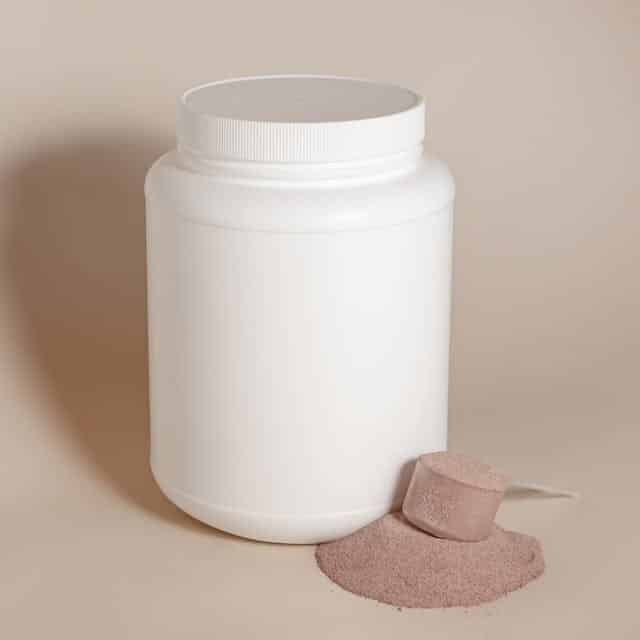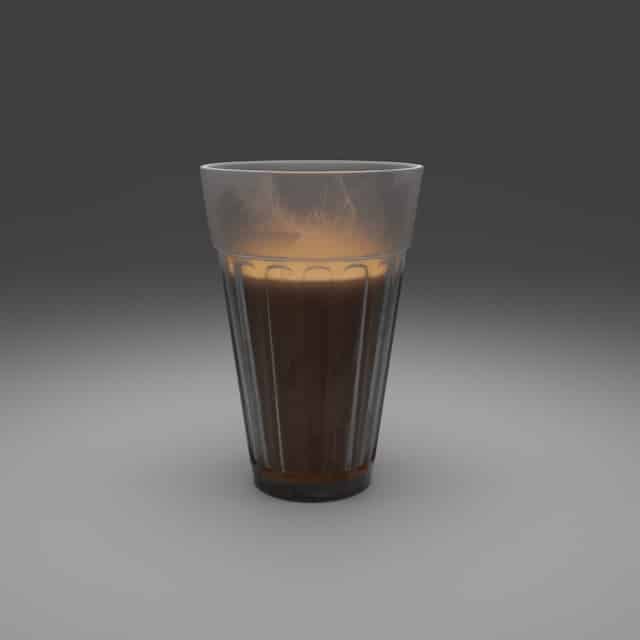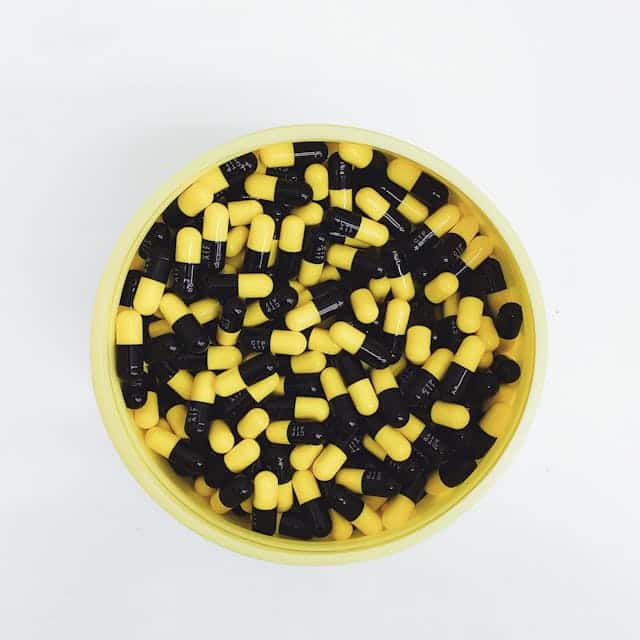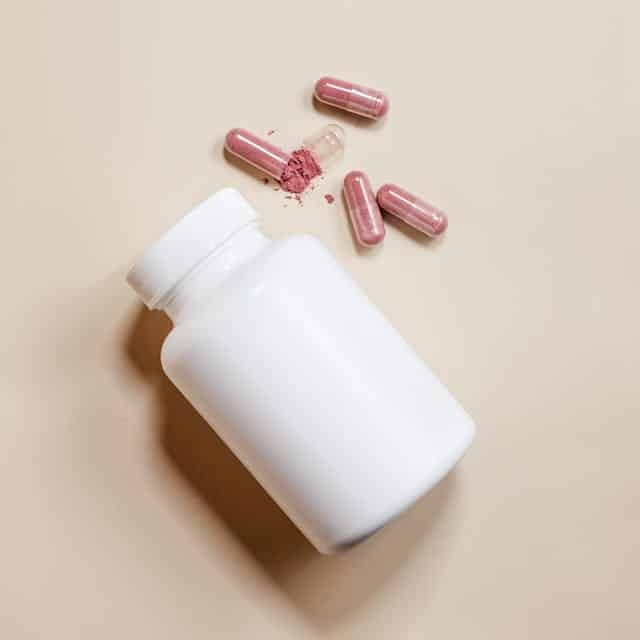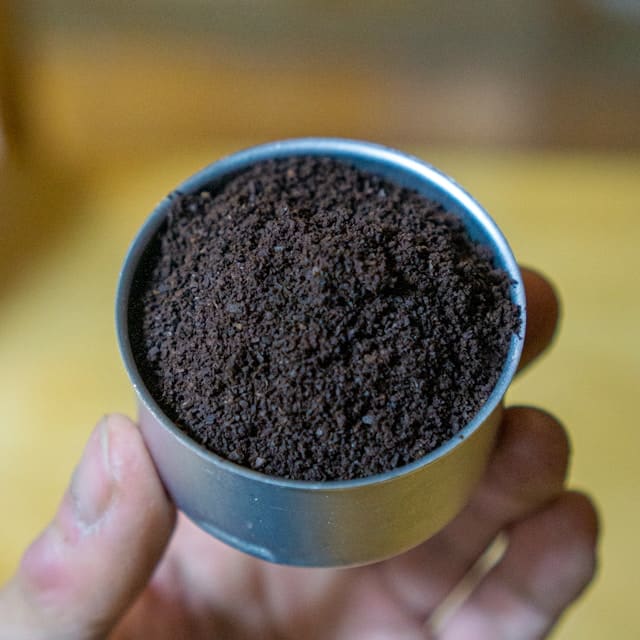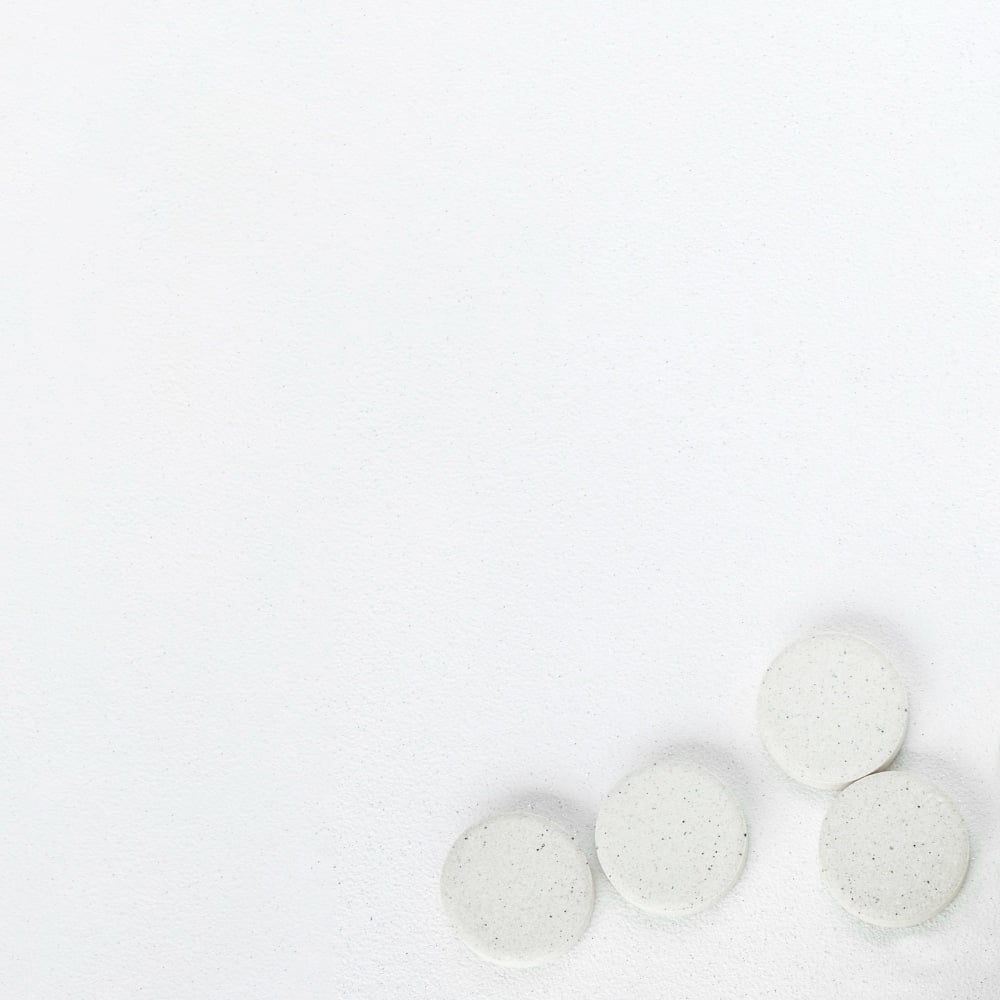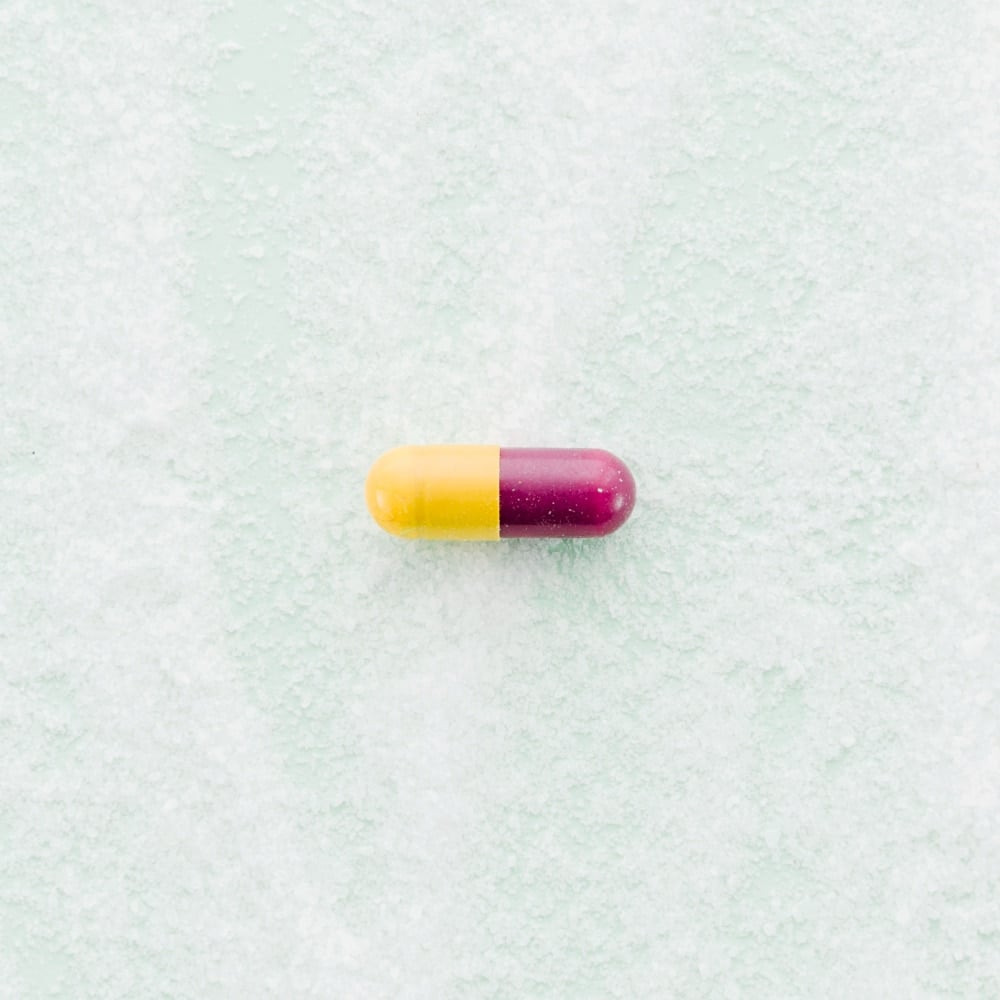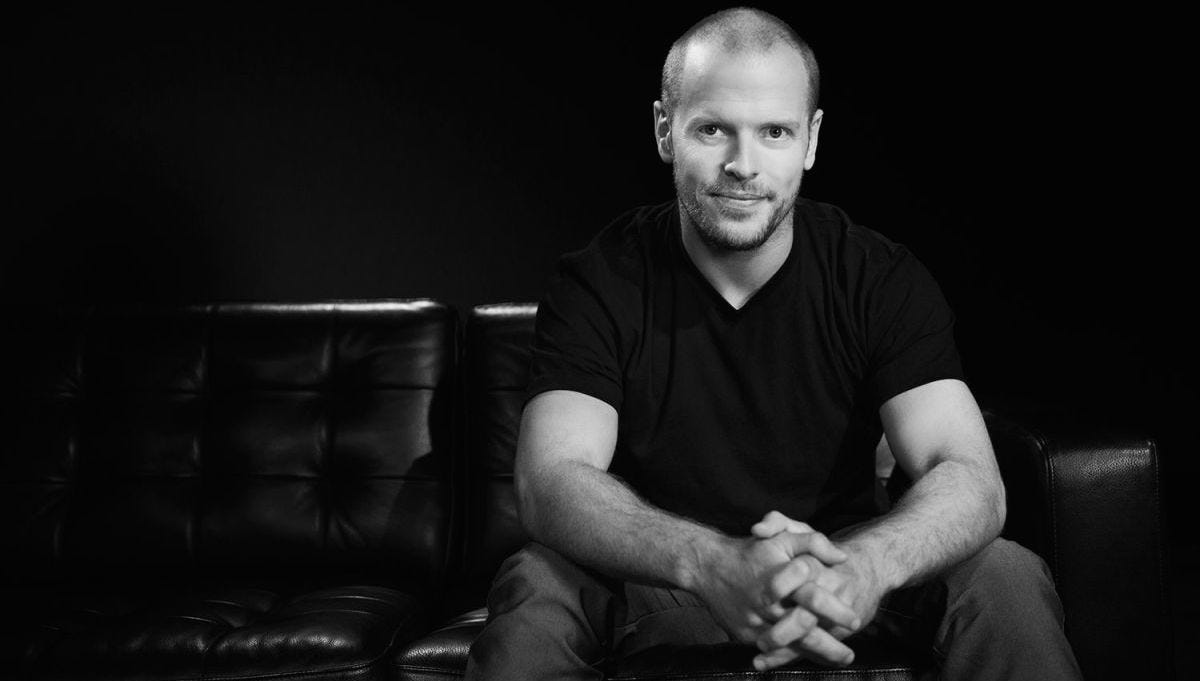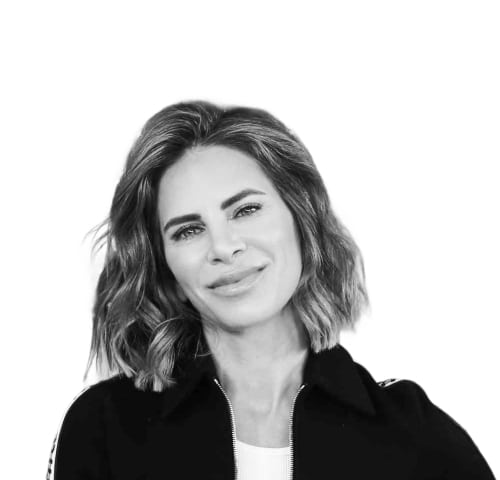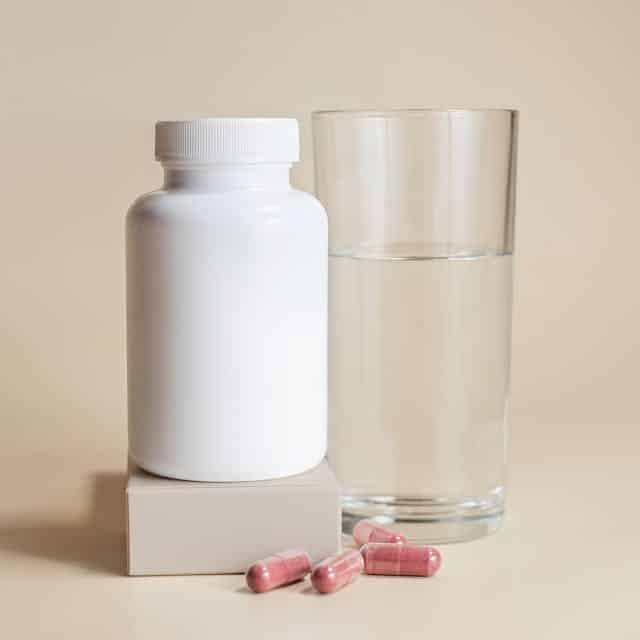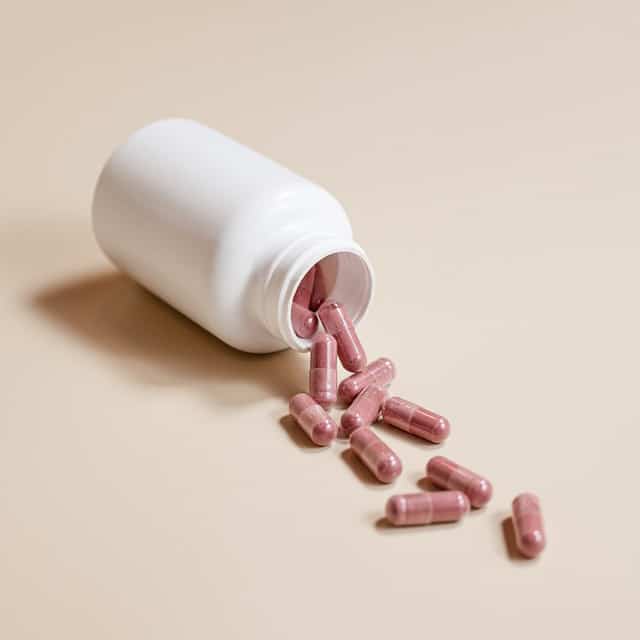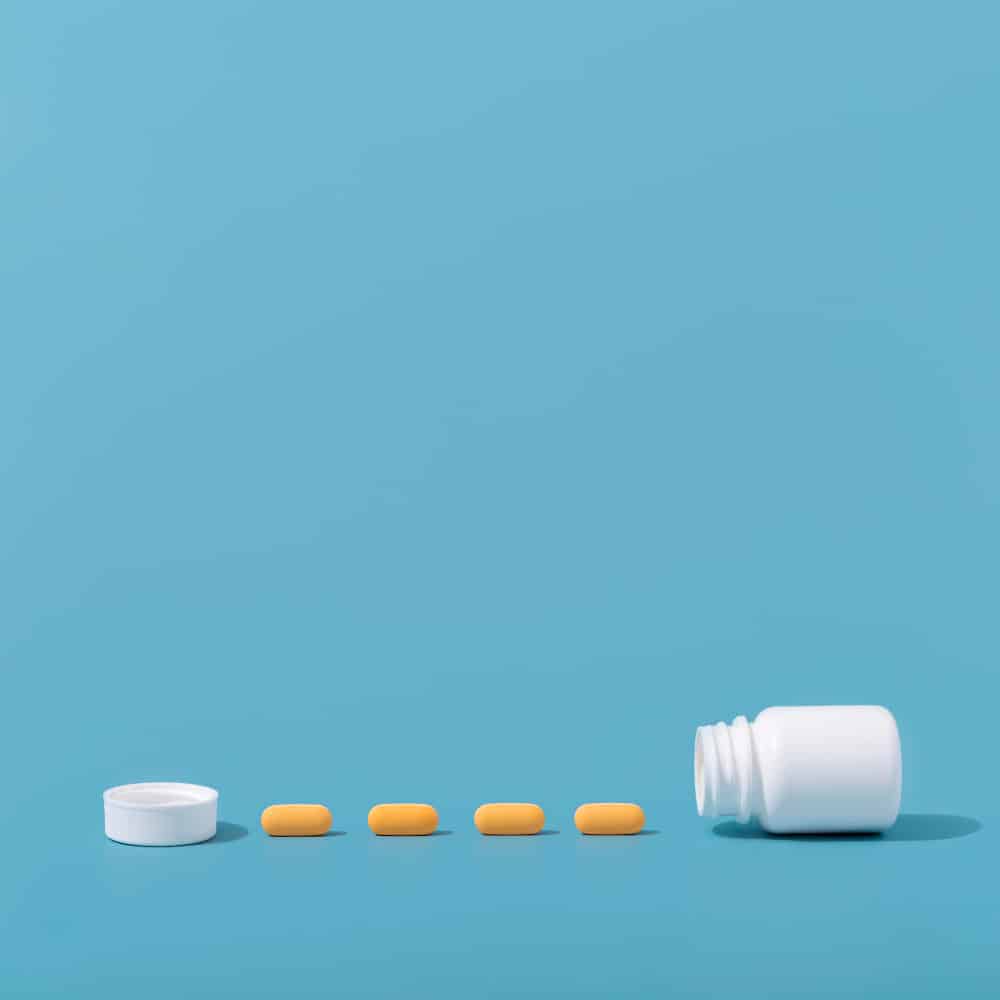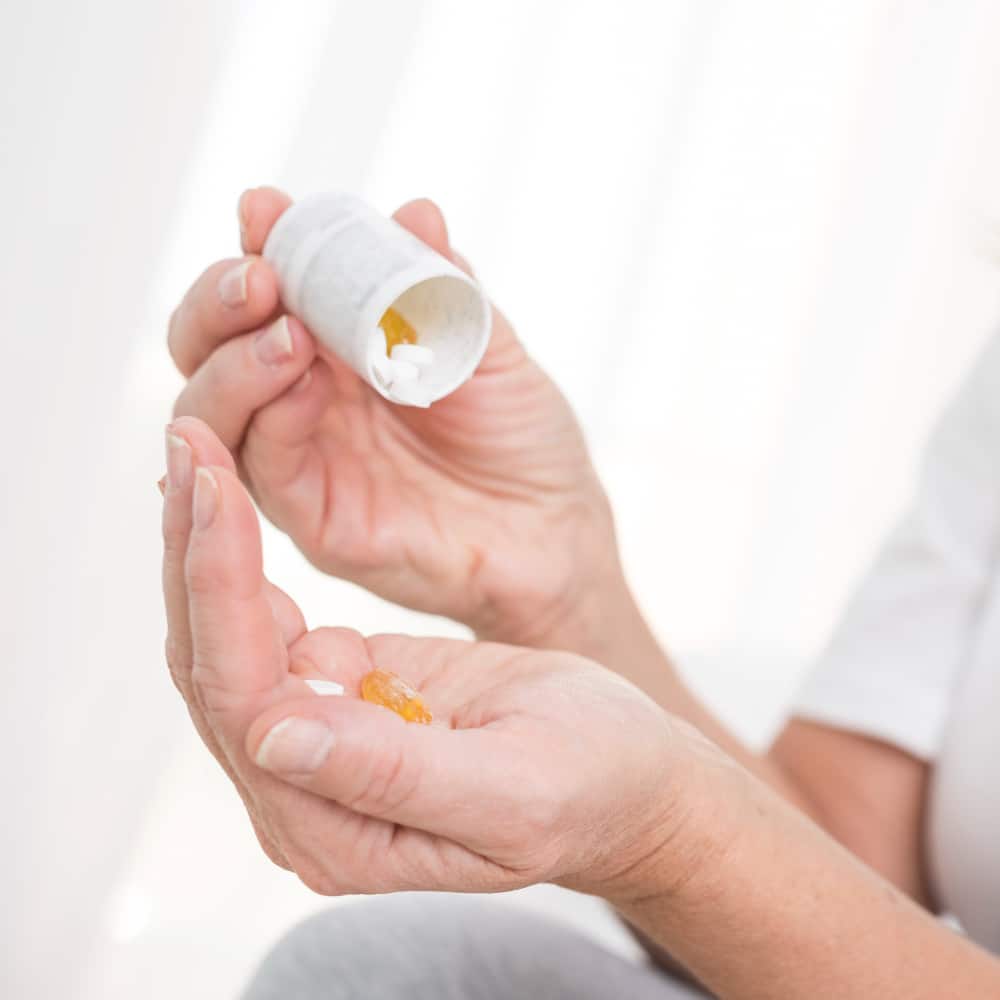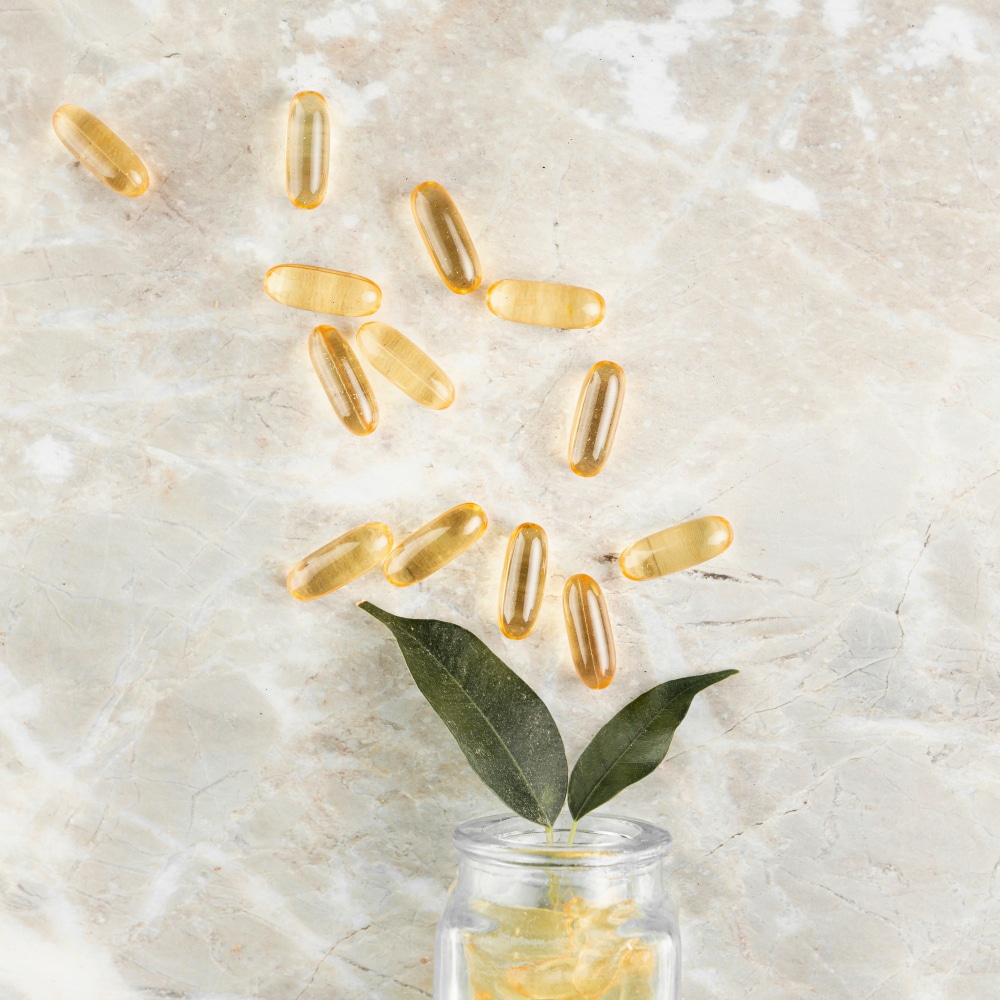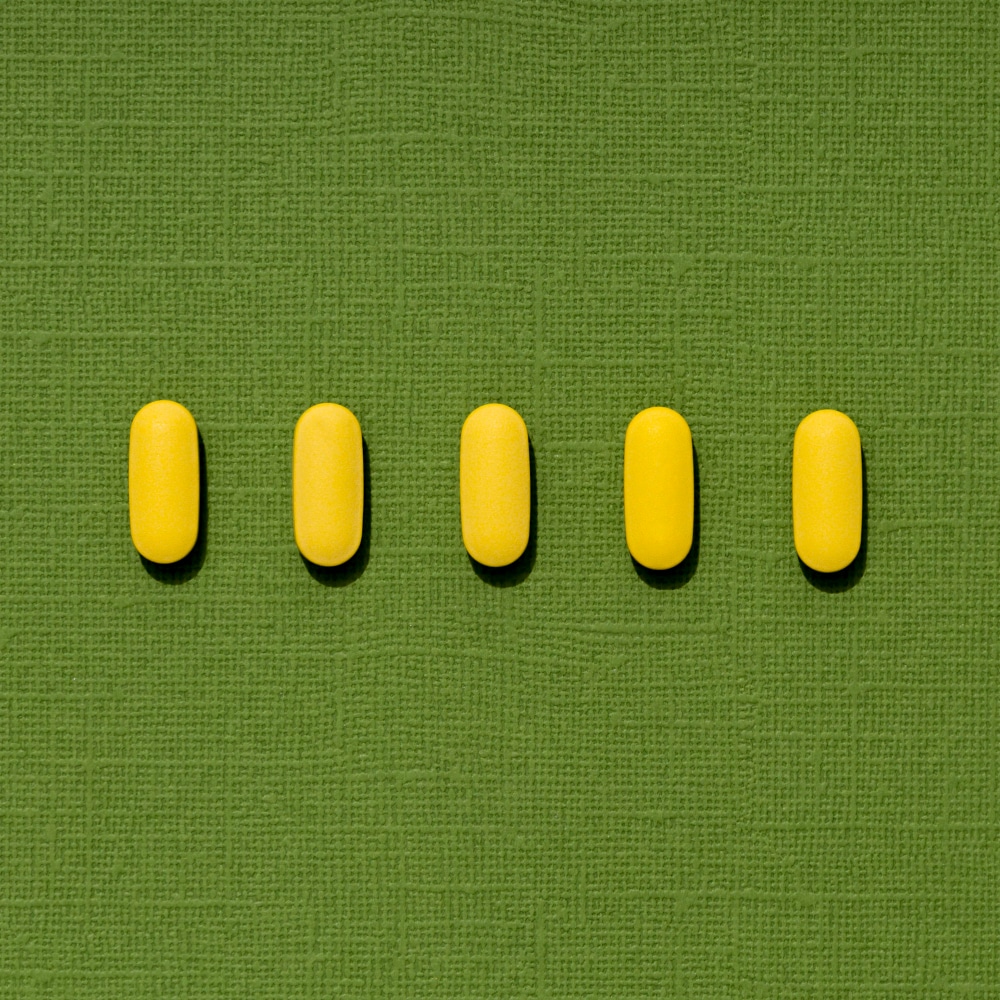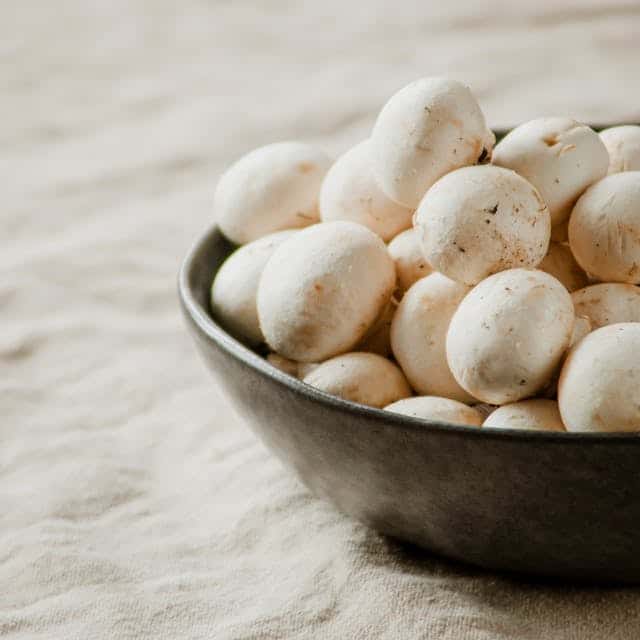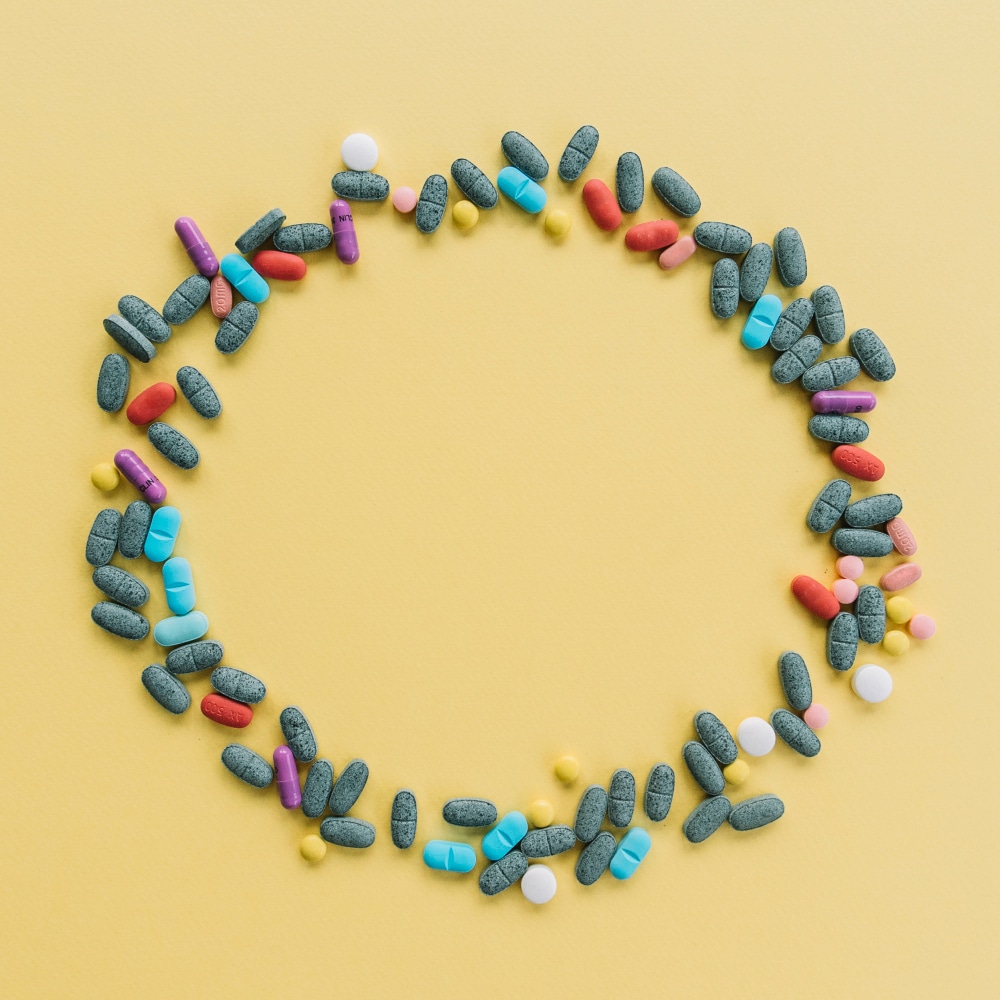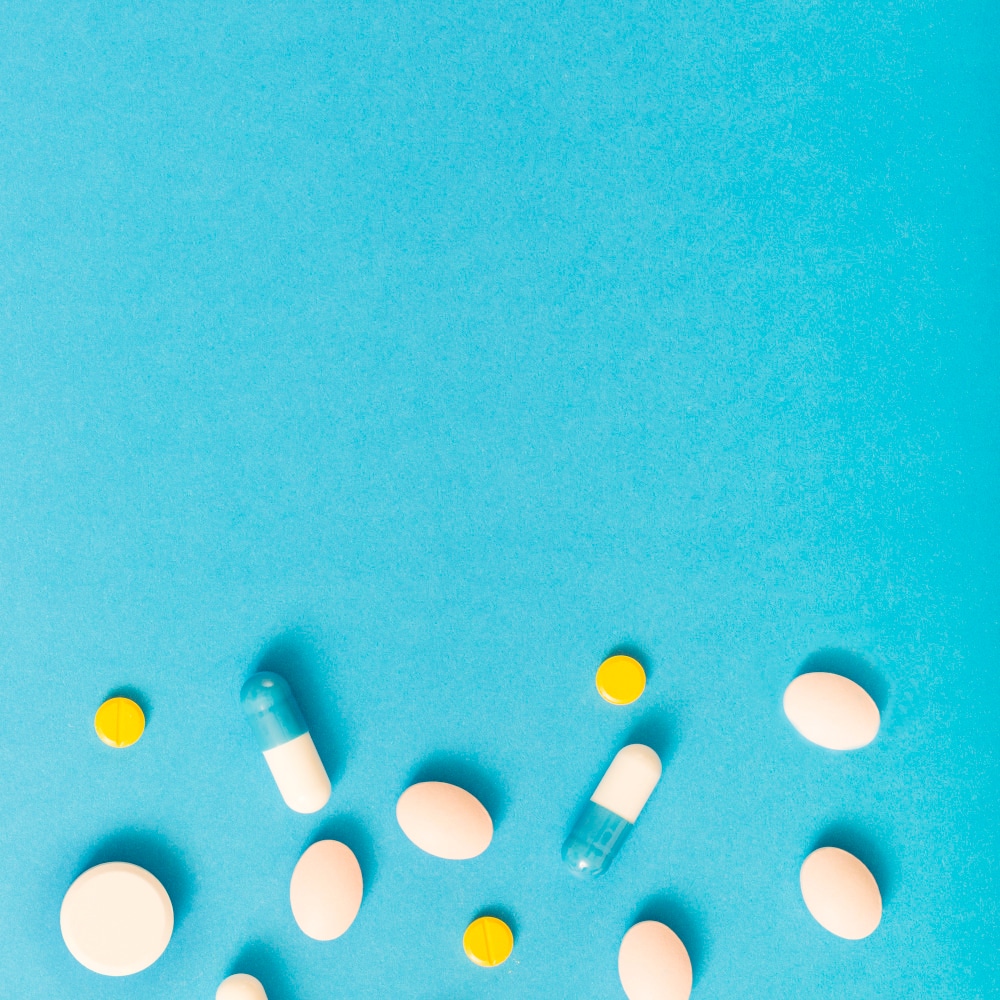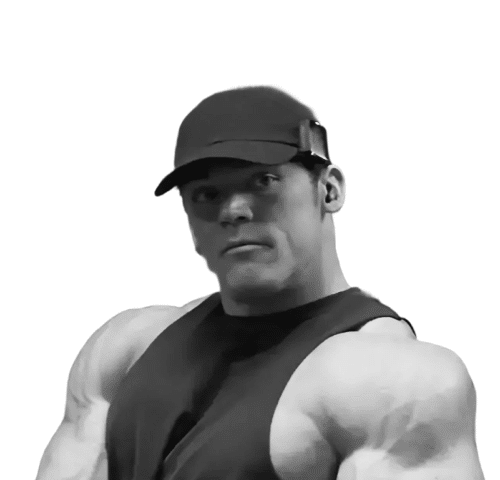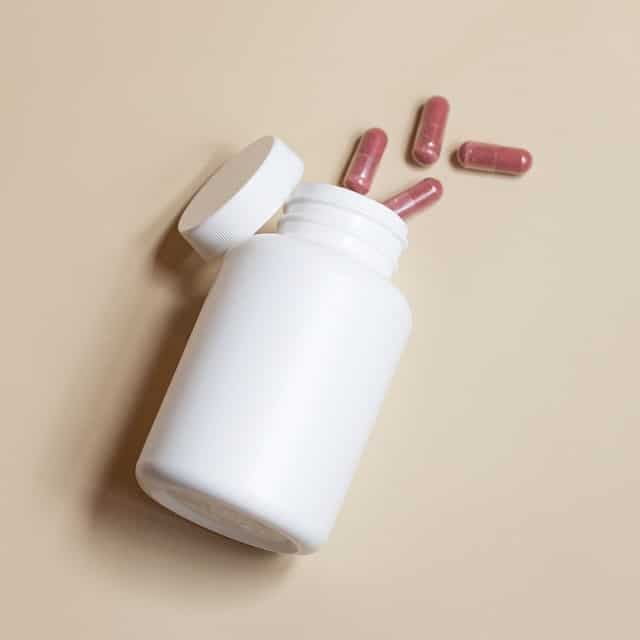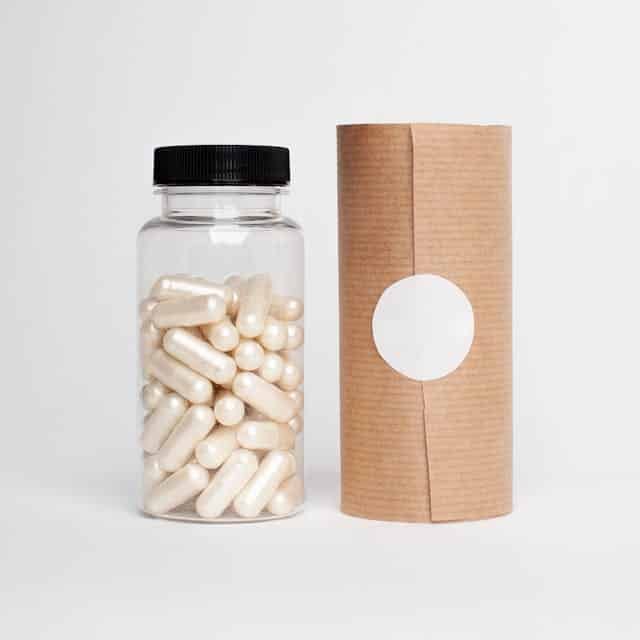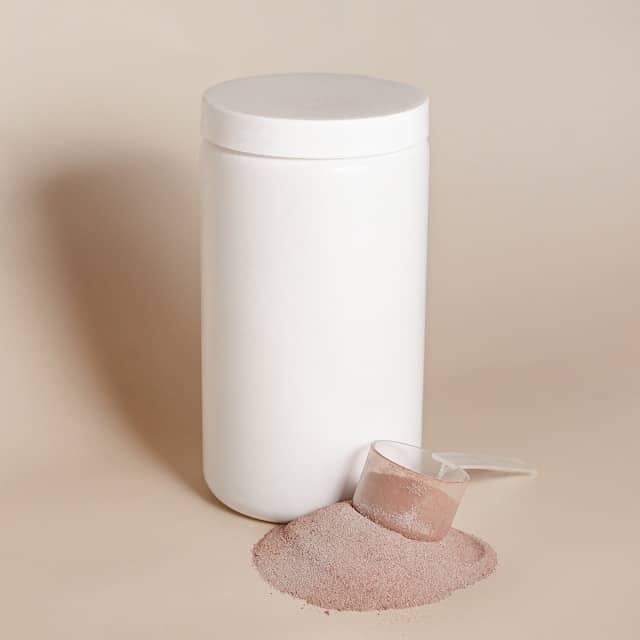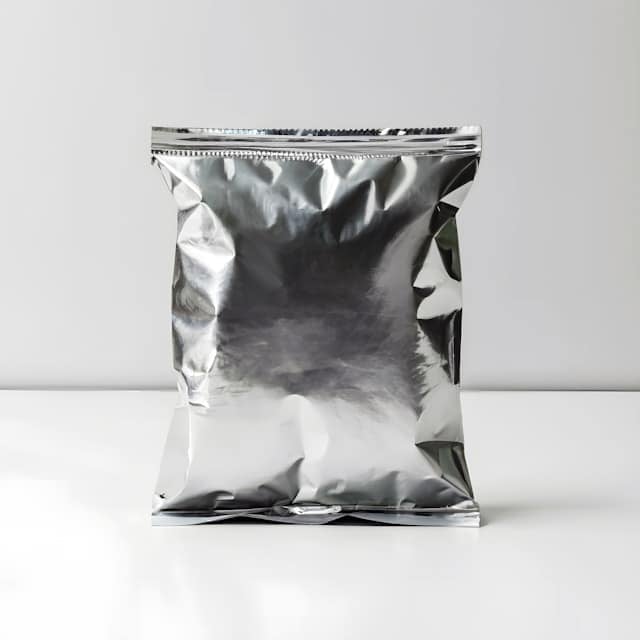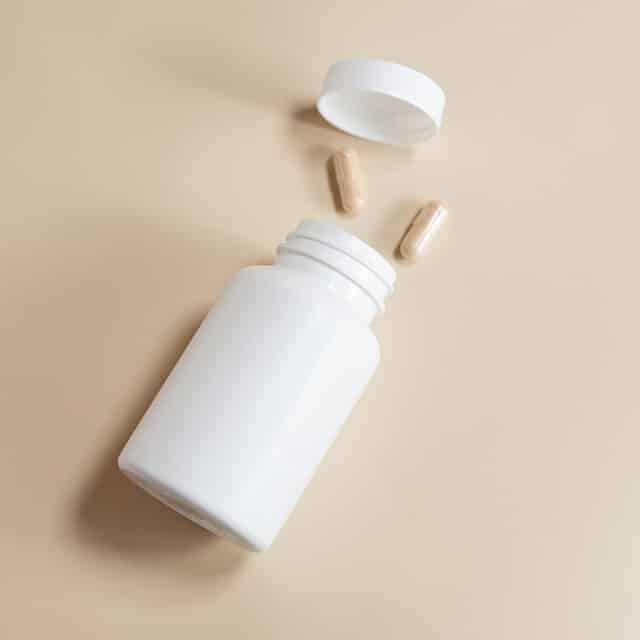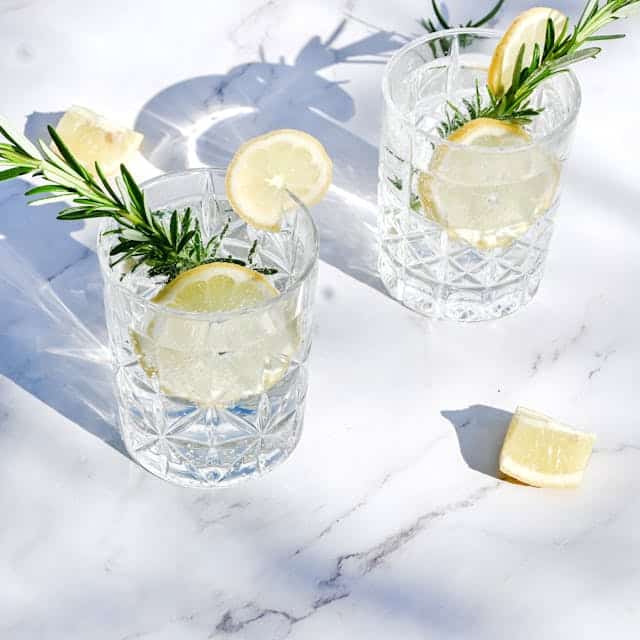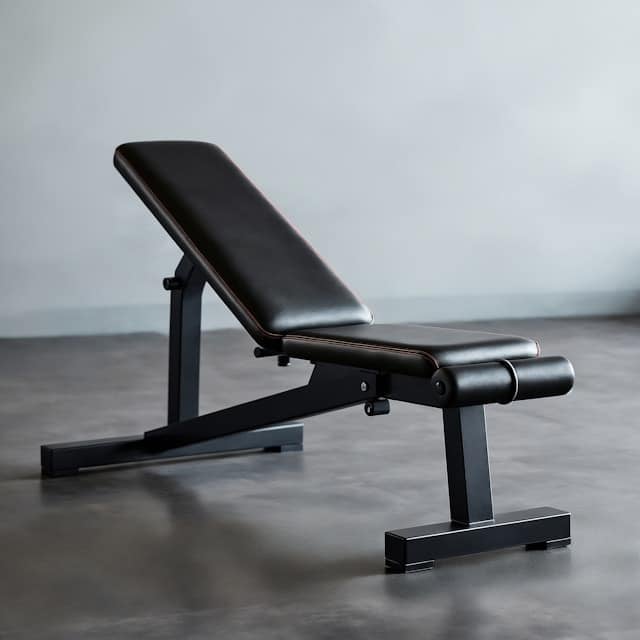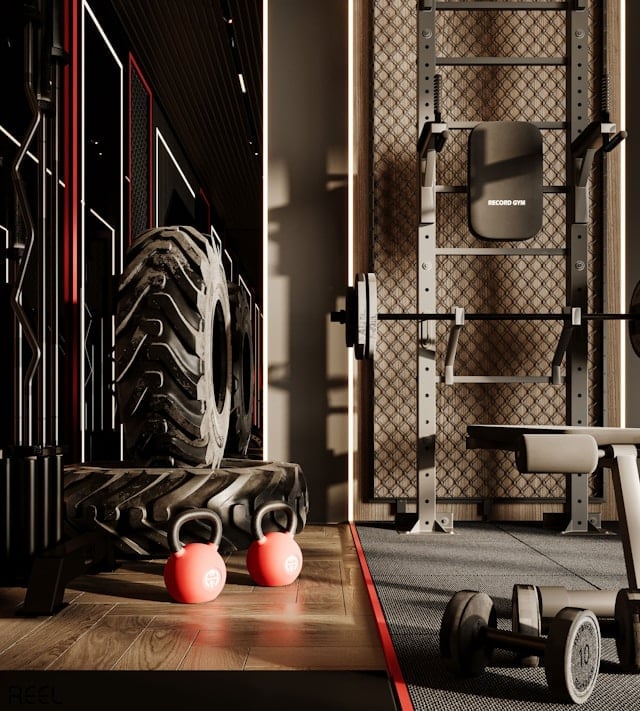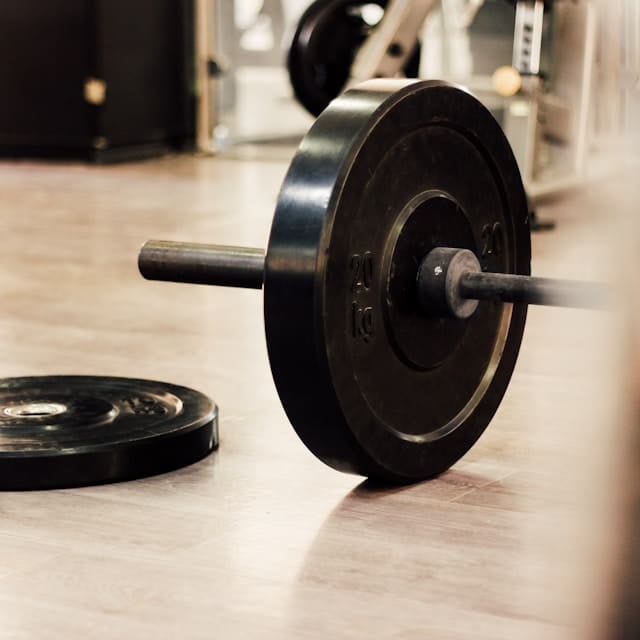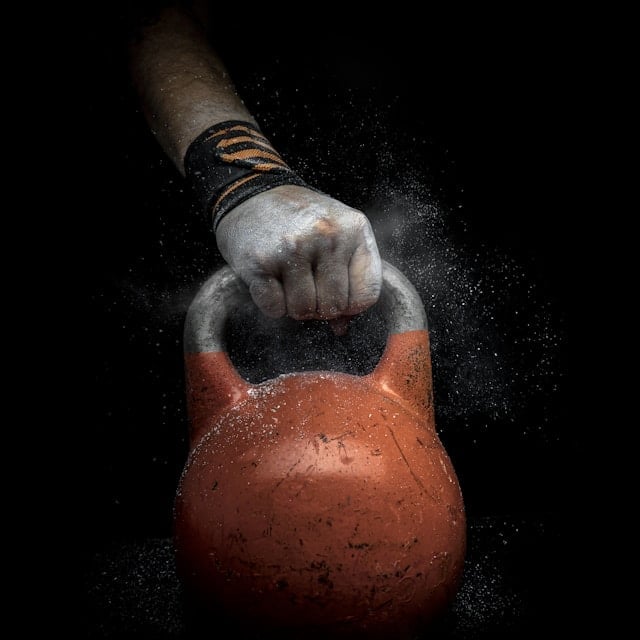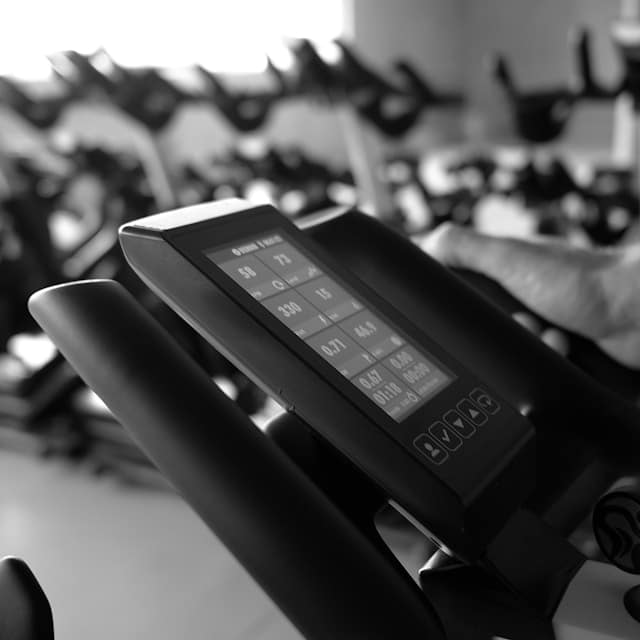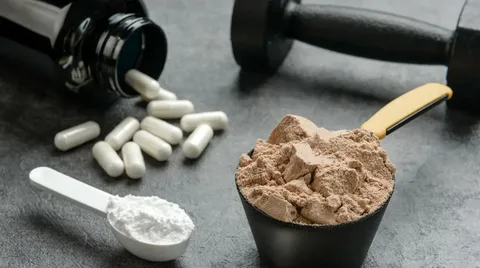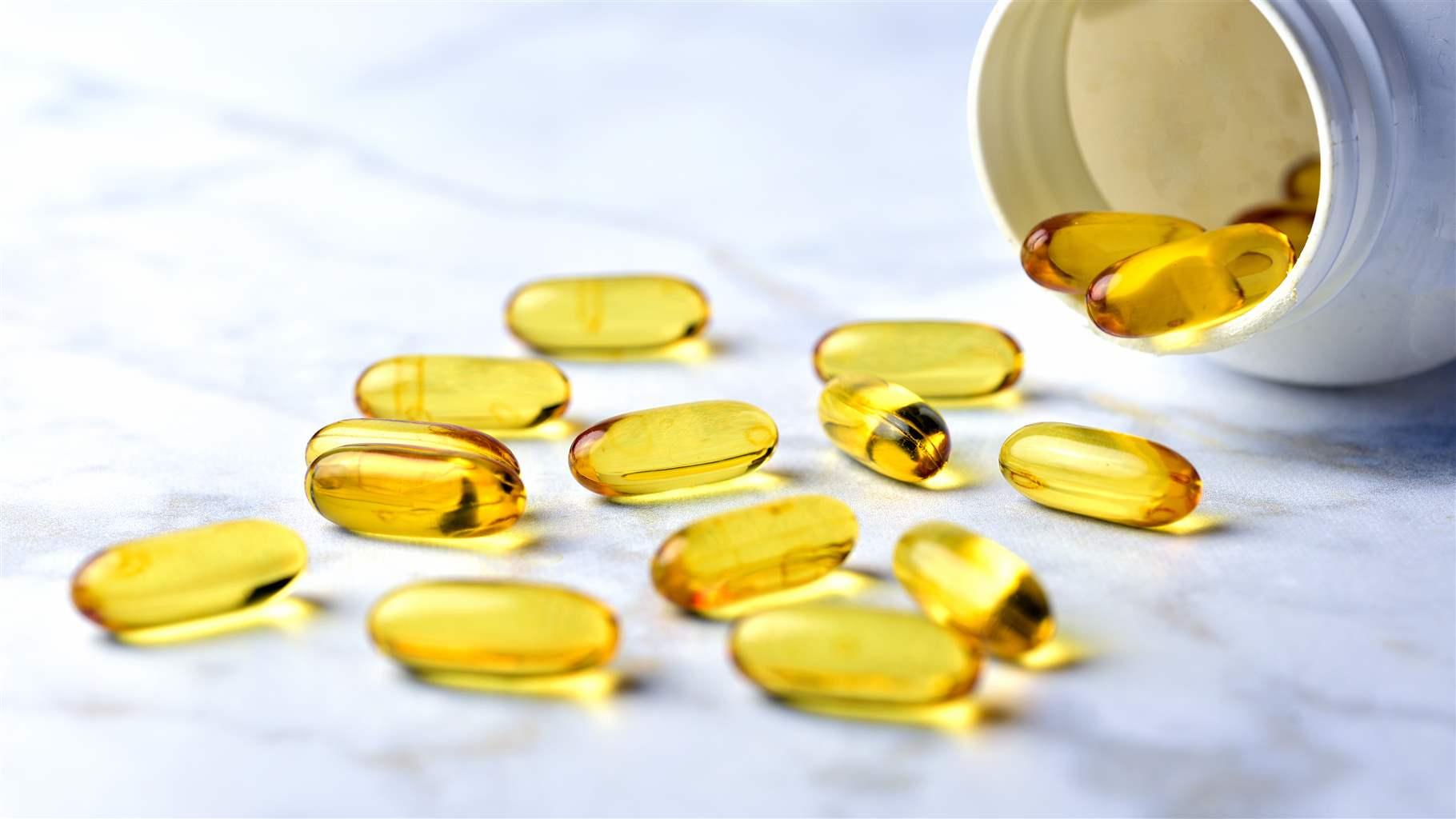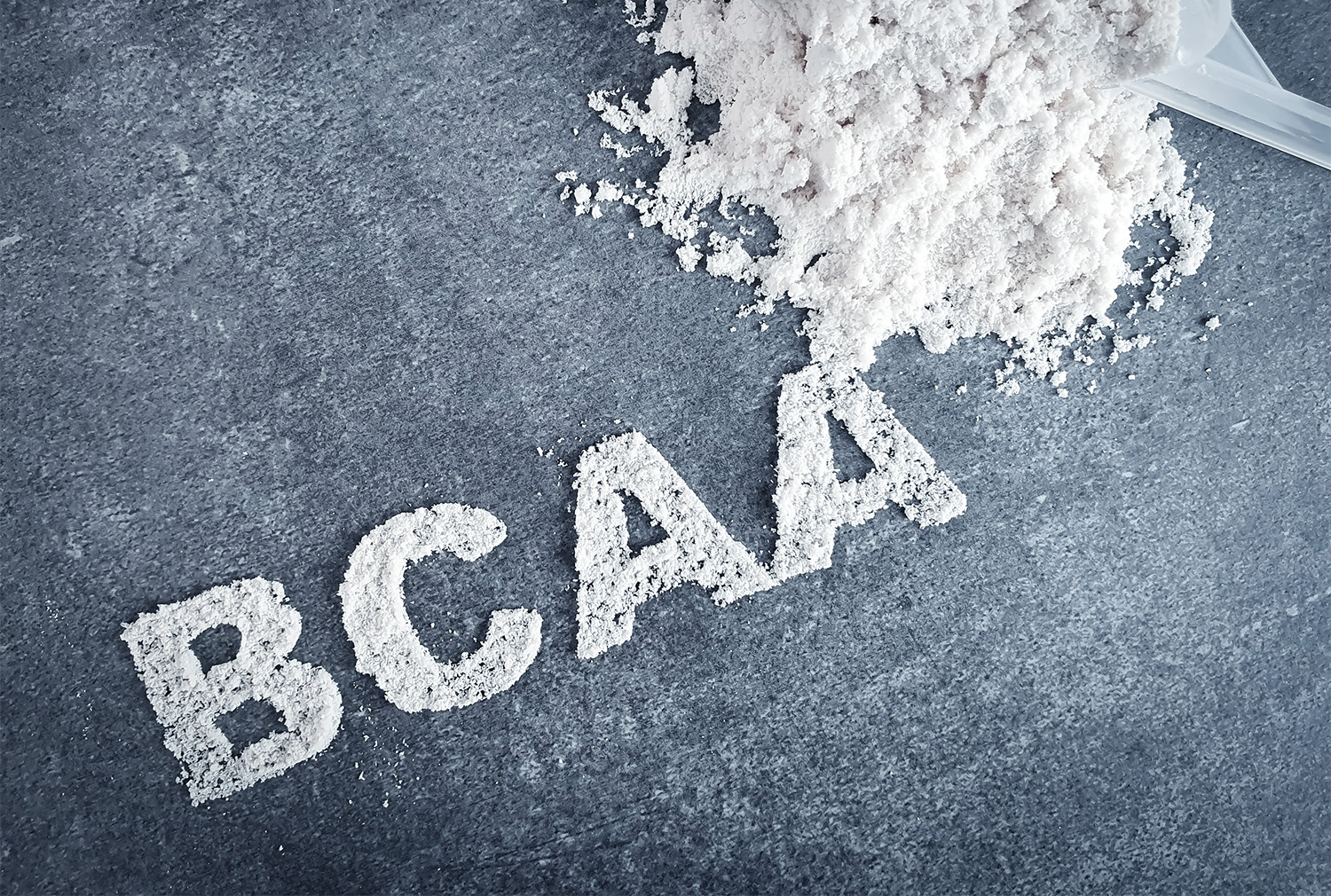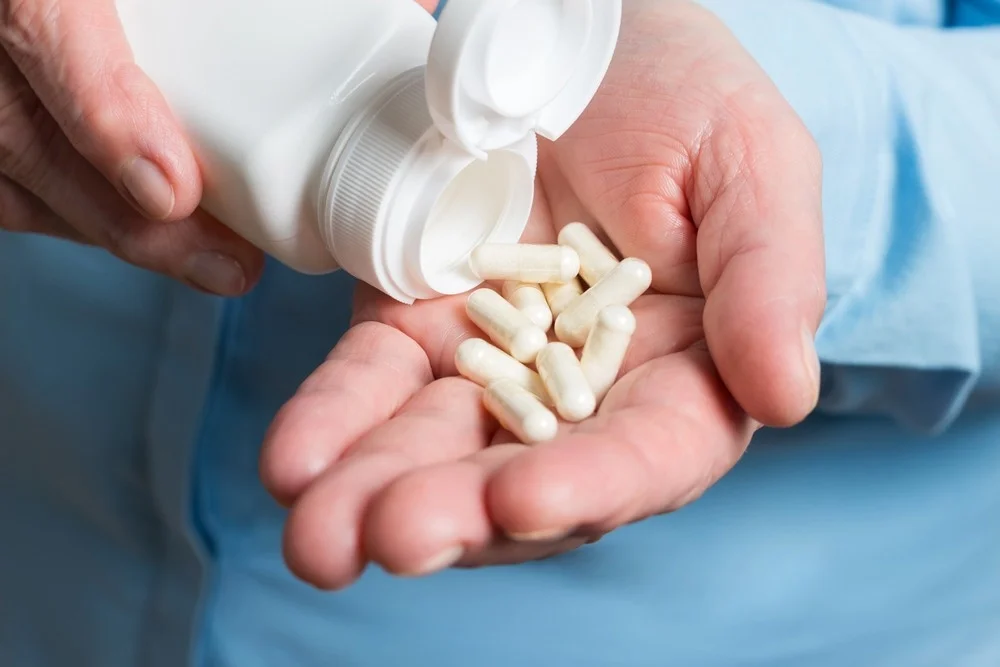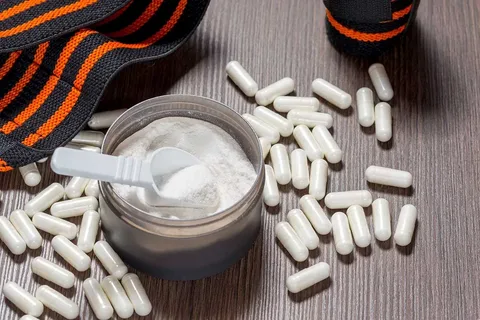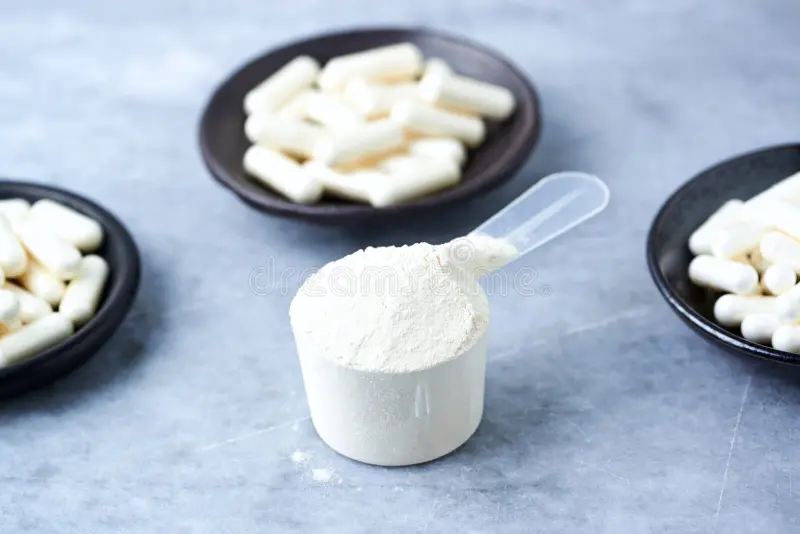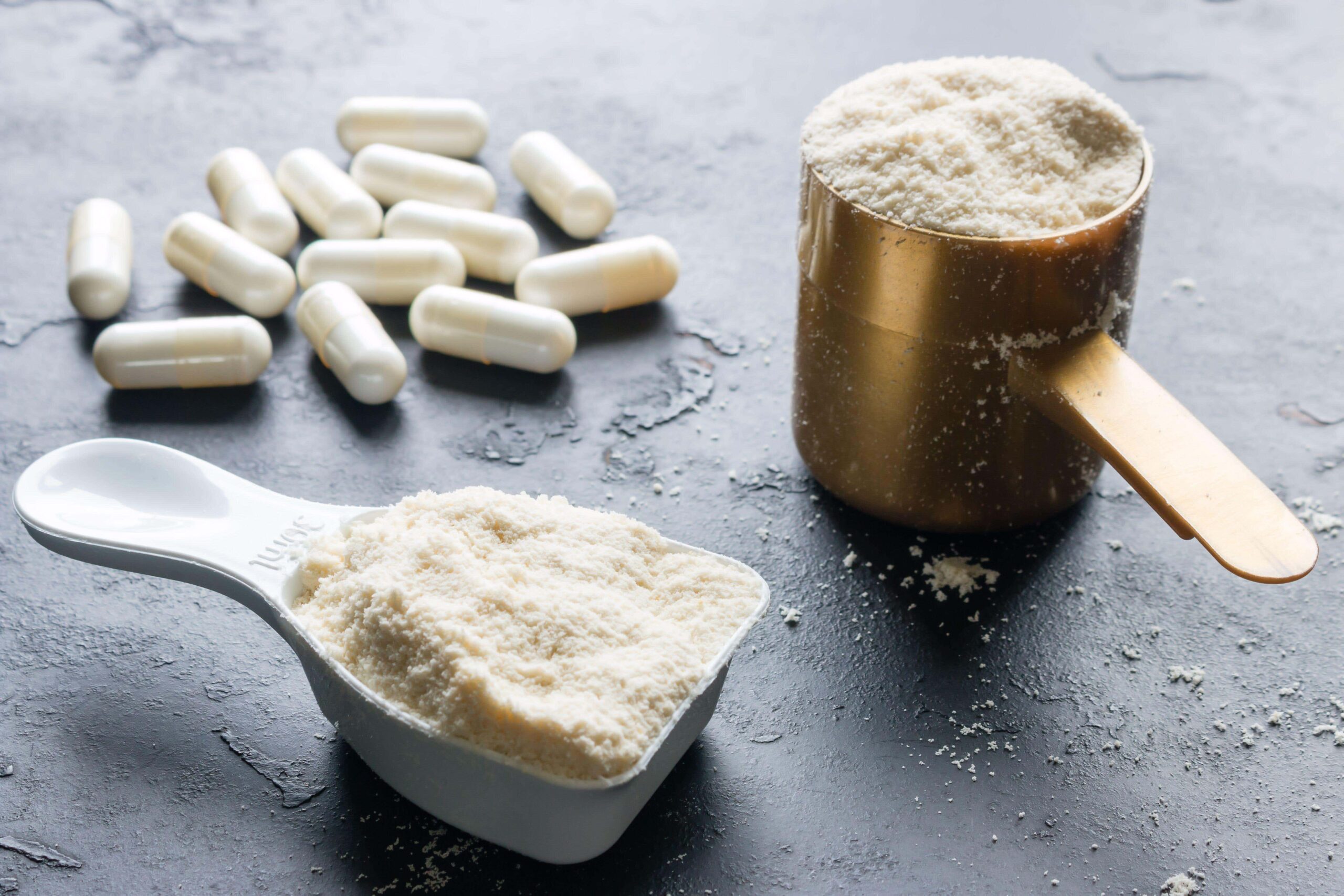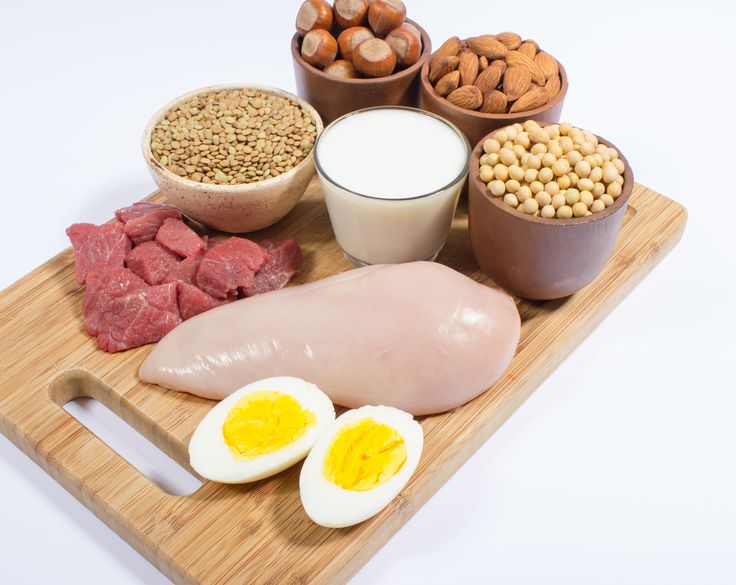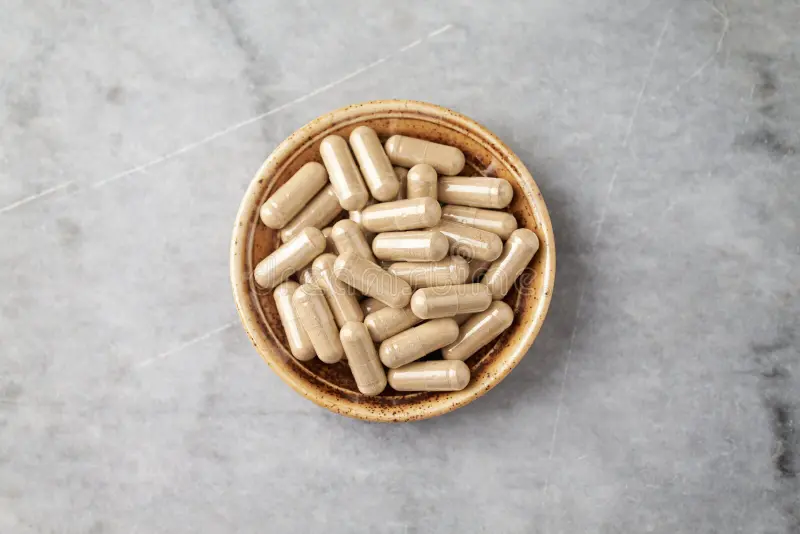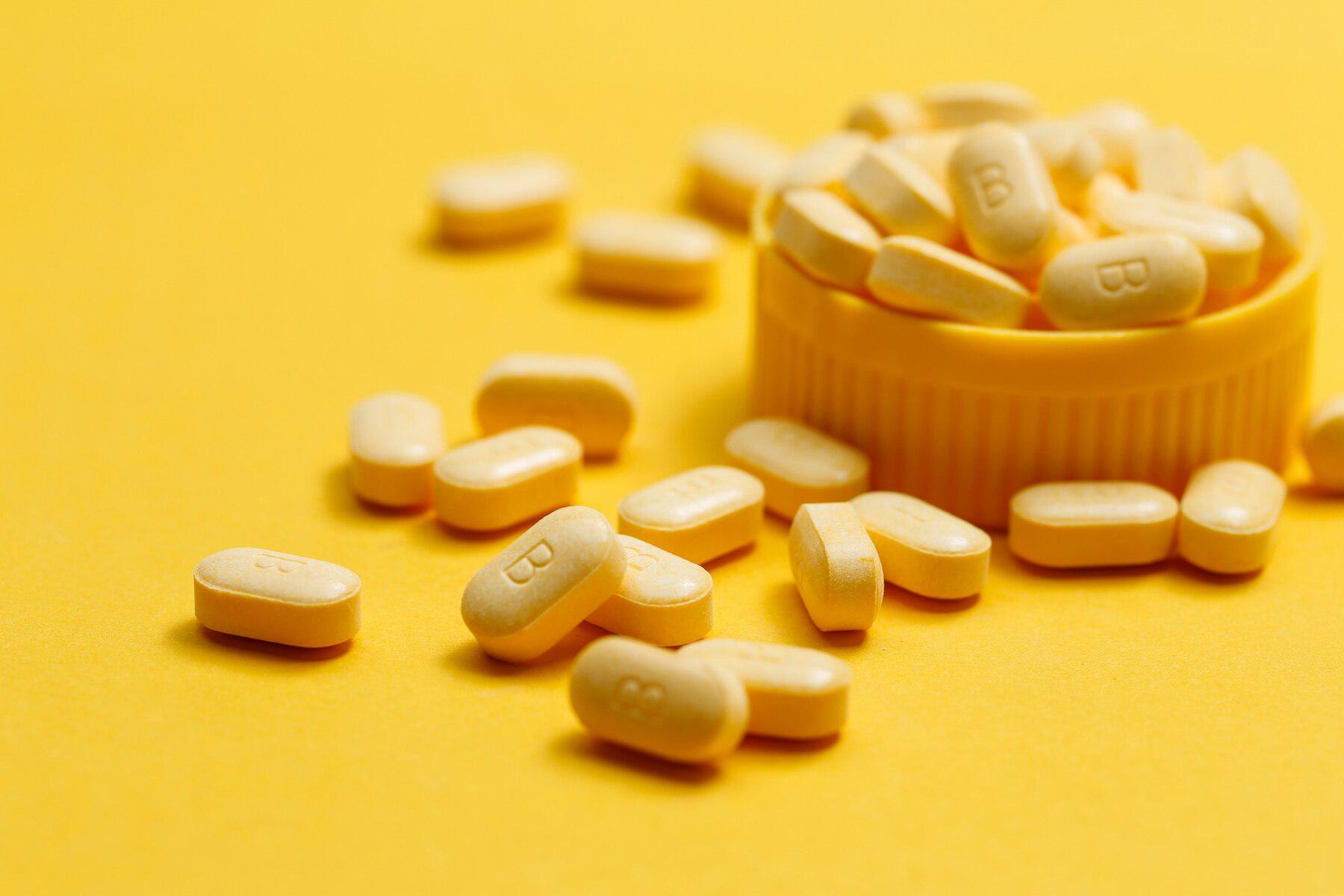Jocko Supplement List
Inside the Jocko Fuel Supplement Line
Jocko Willink is a former Navy SEAL, bestselling author, and leadership coach. He's known for his strong discipline and rigid mindset. His supplement brand, Jocko Fuel, shares that same attitude by providing clean products to boost energy, recovery, focus, and endurance.
Jocko Fuel keeps it simple and honest, steering clear of artificial sweeteners and chemicals, which makes it stand out in the crowded supplement market. Whether you are a serious athlete, in the military, or just someone looking to improve daily, Jocko Fuel gives you the clean energy you need.
- Last Updated: June 27, 2025
-
-
Core Jocko Protein Supplements
Protein is important for building muscle, recovering, and keeping your body in shape. Jocko’s protein products focus on quality and are made to support your performance without unnecessary sugars or fillers.
Jocko Mölk Protein Powder
This protein powder is designed for recovery, strength, and steady energy. It’s Jocko’s favorite for getting the most out of your workouts without any junk.
- Multi-phase protein blend: It blends different types of proteins, such as whey concentrate, whey isolate, micellar casein, and egg white, giving you quick and lasting energy for muscle recovery.
- Digestive edge: It also includes probiotics and digestive enzymes to help your gut and boost how well your body absorbs nutrients so you won’t feel bloated or sluggish.
- Naturally flavored: Sweetened with monk fruit, this powder skips the artificial ingredients. You won’t find any fake flavors, dyes, or sugar here, just tasty options like chocolate, vanilla, and strawberry.
So, even if you’re working out or need a pick-me-up after a busy day, Mölk is excellent for muscle growth, tissue repair, and satisfaction without sacrificing health.
Jocko Mölk Protein Shakes
If you’re always on the go and need quick energy, Jocko Mölk Protein Shakes are a solid choice. These ready-to-drink shakes pack quality protein without any fuss.
- Convenient for anyone: They’re pre-mixed and easy to take along, giving you a good protein boost no matter where you are.
- Great for recovery: They have the same good stuff as the powder, plus essential nutrients to keep you going.
- Good taste, no junk: Available in chocolate and vanilla, these shakes are made with clean ingredients, no added sugar or artificial aftertaste.
Jocko Mölk Shakes are great for busy lives. They provide strong protein and clean energy whenever you need it.
Jocko Mölk Protein Cookies
Sick of protein snacks that taste terrible or mess up your diet? Jocko Mölk Protein Cookies hit the spot with real flavour and good ingredient,s so that you can snack without guilt.
- Smart snacking made easy: Each cookie is loaded with clean protein and fiber to satisfy and energize you.
- No junk here: They contain No added sugars or artificial ingredients, just real ingredients to help with strength and recovery.
- Enjoy without the guilt: These cookies are perfect after a workout, for a mid-day pick-me-up, or as a tasty dessert.
In short, Jocko Mölk Cookies taste like a cheat meal but give you the clean fuel you need. They prove you can make good choices and still enjoy delicious snacks.
- Multi-phase protein blend: It blends different types of proteins, such as whey concentrate, whey isolate, micellar casein, and egg white, giving you quick and lasting energy for muscle recovery.
-
Energy and Pre-Workout
When you need to give it your all, whether hitting the gym, tackling work, or facing a challenge, Jocko Fuel has energy and hydration options that help you stay focused, clear-minded, and energized. There are no sugar crashes or junk, just solid support when needed.
Jocko Go Energy Drink
This isn’t just any energy drink; it’s a clean fuel source that keeps your mind sharp and your energy steady without crashing.
- Zero sugar, packed with good ingredients: It’s sweetened with monk fruit and filled with natural boosts like acetyl-L-carnitine and Theobromine.
- Sustained mental energy: It is made to help you focus, lift your mood, and keep your brain working strong without the jitters.
- Tasty flavors: Nitro pop, Pink lemonade, and orange offer bold flavors without the artificial stuff.
Jocko Go is the go-to energy drink for those ready to perform.
Jocko Fuel Pre-Workout Powder
This isn’t just a caffeine rush but a fuel for serious training. Designed for strength, endurance, and focus, Jocko’s pre-workout helps improve your performance without leaving you feeling wiped out later.
- Clean, potent energy that lasts: With 200mg of caffeine, 6g of L-citrulline, Beta-Alanine, and Dynamine, you’ll get lasting energy, support for endurance, and sharpened focus.
- Fueled by science, not sugar: Just solid ingredients like Betaine Anhydrous and Acetyl-L-Carnitine that help you get the most out of your workouts.
- Flavorwise, it’s a win: Blue Raspberry and Fruit Punch provide a tasty experience without any artificial aftertaste. It mixes well and feels clean, just like your best workouts.
In short, Jocko Pre-Workout isn’t just talk; it’s made to help you train harder, think better, and push through longer. If you’re looking to up your game, this could be what you need.
Jocko Hydrate
When you’re working hard and sweating it out, plain water just won’t cut it. Jocko Hydrate is a sugar-free electrolyte mix that helps replace what you lose when you sweat without any unnecessary extras.
- Science-backed electrolyte balance: It has the right balance of electrolytes like sodium, potassium, magnesium, and calcium to keep your body working well and support your endurance.
- No sugar and no junk: It’s free from artificial sweeteners, dyes, and fillers, just good, clean ingredients that get the job done.
- Drink it anytime: Great to drink before a workout, after running, or when you’re stuck at work or out in the heat.
Jocko Hydrate helps keep you going strong. Whether you’re exercising, recovering, or just powering through your day, this is how hydration should be.
- Zero sugar, packed with good ingredients: It’s sweetened with monk fruit and filled with natural boosts like acetyl-L-carnitine and Theobromine.
-
Other Supplements
Jocko Fuel goes beyond energy and performance. It’s for those who focus on discipline, long-lasting health, and overall well-being. These high-quality supplements support everything from gut health to mental clarity, helping you recover quickly and stay ready for whatever comes your way.
Jocko Greens
You work hard, so your nutrition should keep up. Jocko Greens is not just another green powder. It’s a solid mix of organic superfoods, adaptogens, and gut-friendly nutrients that help you perform, fight off fatigue, and stay strong.
- Packed with plant goodness: With over 20 organic veggies, fruits, herbs, and seagreens, you get the vitamins and minerals your body needs, no need to force down a salad.
- Supports digestion: This blend of probiotics, digestive enzymes, and prebiotic fiber helps your gut work better, reduces bloating, and improves nutrient absorption
- Boosts immunity and recovery: Jocko Greens is loaded with antioxidants and adaptogens like ashwagandha and spirulina, helping you deal with daily stress and recover faster.
If you want a clean, effective greens supplement that tastes good and supports your efforts, Jocko Greens is a solid choice for gut health, clarity, and endurance. It works hard for you without sugar, fillers, or compromises.
Jocko Joint Warfare
If you’re hitting the gym or running around every day, your joints take a beating. Jocko Joint Warfare is here to help; it’s made to protect and support your joints so you can keep going strong.
- Natural anti-inflammatory team: Packed with turmeric, MSM, Boswellia, and collagen, which are proven to ease joint pain and swelling.
- Made for active lifestyles: Whether lifting weights or on your feet all day, it helps with stiffness and keeps you moving.
- Recovery made easy: It helps you bounce back after workouts and keeps your joints feeling good and flexible.
Jocko Joint Warfare doesn’t just cover up the pain; it addresses the root cause. If you’re tired of feeling sore and stiff, this product can help you move better, train harder, and recover quicker.
Jocko Super Krill Oil
This isn’t just any fish oil. Jocko Super Krill Oil offers a clean omega-3 formula that supports your heart, brain, joints, and overall performance without the annoying fishy aftertaste or cheap fillers.
- Ultra-pure omega source: It’s made from krill, which means you get high levels of EPA and DHA that your body can absorb better than regular fish oil.
- Brain and heart upgrade: This supplement helps sharpen your thinking, improve focus, and support heart health so you stay sharp and ready for anything.
- Brain and heart upgrade: With astaxanthin added in, it’s excellent for managing inflammation and helping your body bounce back from stress or tough workouts.
If you care about your health and mental performance, Jocko Super Krill Oil gives you solid support straight from the ocean.
Jocko Creatine
If you are looking for strength, endurance, and muscle recovery, Jocko Creatine is made for those who want to perform at their best without any shortcuts. It’s clean, unflavored, and dosed just right to power your toughest workouts.
- Pure power, no fluff: Each scoop gives you 5g of pure creatine monohydrate, which is what most studies back up: no sweeteners or additives.
- Stronger lifts and quicker recovery: This creatine boosts ATP production, so you can push through more reps and bounce back quicker after a tough session.
- Trusted by elite operators: Creatine is not just for bodybuilders; even military personnel and athletes rely on it to help them reach their limits.
If you’re after real results from your training, Jocko Creatine provides the essential nutrients for your muscles to grow, perform, and recover. It’s straightforward, proven, and works well.
Jocko Magnesium
So, if you want to sleep better, think clearer, and recover faster, Jocko Magnesium can help. It’s designed to aid recovery, help your muscles, and ease stress without making you feel drowsy.
- Essential for recovery: Magnesium is crucial for many body functions, including muscle repair, energy production, and keeping electrolytes balanced, especially after tough workouts.
- Stay calm: It can help you relax and think more clearly, making it easier to shake off stress and fatigue from busy days.
- Sleep well: It helps improve your sleep quality, so you wake up feeling refreshed and ready to face whatever comes your way.
Even with hard training and good nutrition, recovery isn’t complete without enough magnesium. Jocko Magnesium is a simple and effective solution you don’t want to skip.
Jocko Brain Power
Feeling foggy? Not with Jocko Brain Power in your corner. It’s your daily boost to help you focus better, remember more, and tackle whatever the day brings.
- Cognitive Edge: This blend includes quality ingredients like Bacopa, Alpha-GPC, and Lion’s Mane, which support your brain’s ability to think quickly and stay focused.
- Brain health: It promotes brain cell protection and helps with learning and adapting, so you’re not just sharp today but building a better mind for the future.
- Built for real life: Whether you’re managing a team or racing against a deadline, it helps you stay calm and strategic when it counts.
Jocko Brain Power is a solid choice for anyone looking to boost their thinking and memory. If you want to make better decisions and improve your mental stamina, this could be the answer you need.
Jocko Time War
You can’t stop aging, but you can tackle it. Jocko Time War is a complete anti-aging mix meant to help you stay strong, sharp, and full of energy as you age. Aging doesn’t have to mean slowing down.
- Made for cell protection: With ingredients like resveratrol, quercetin, and NMN, this formula helps with healthy aging, energy levels, and DNA repair.
- Fights oxidative stress: Loaded with antioxidants, Time War helps shield your cells from everyday damage.
- Longevity meets performance: This isn’t just about adding years; it’s about keeping your mind sharp, staying active, and being ready for anything.
Jocko Time War is your defense against getting older. Whether you’re 30 or 60, it helps you perform better, recover quicker, and live life fully.
Jocko Combat Tested 2.0
Jocko Combat Tested 2.0 is a solid testosterone support blend designed to boost your energy, improve vitality, and help you stay sharp.
- Testosterone support without shortcuts: It contains natural ingredients like ashwagandha, fenugreek, long jack, and zinc to help keep hormone levels where they should be.
- Dual performance formula: This blend works as a testosterone booster and a clean pre-workout, giving you the energy and motivation you need to crush your workouts or tackle your day.
- Built for real men, not hype: it’s all about proven ingredients, no fillers or nonsense to help with strength, focus, recovery, and resilience.
If you want to tap into your potential, Combat Tested 2.0 can help you gain strength and energy for whatever challenges come your way.
- Packed with plant goodness: With over 20 organic veggies, fruits, herbs, and seagreens, you get the vitamins and minerals your body needs, no need to force down a salad.
-



